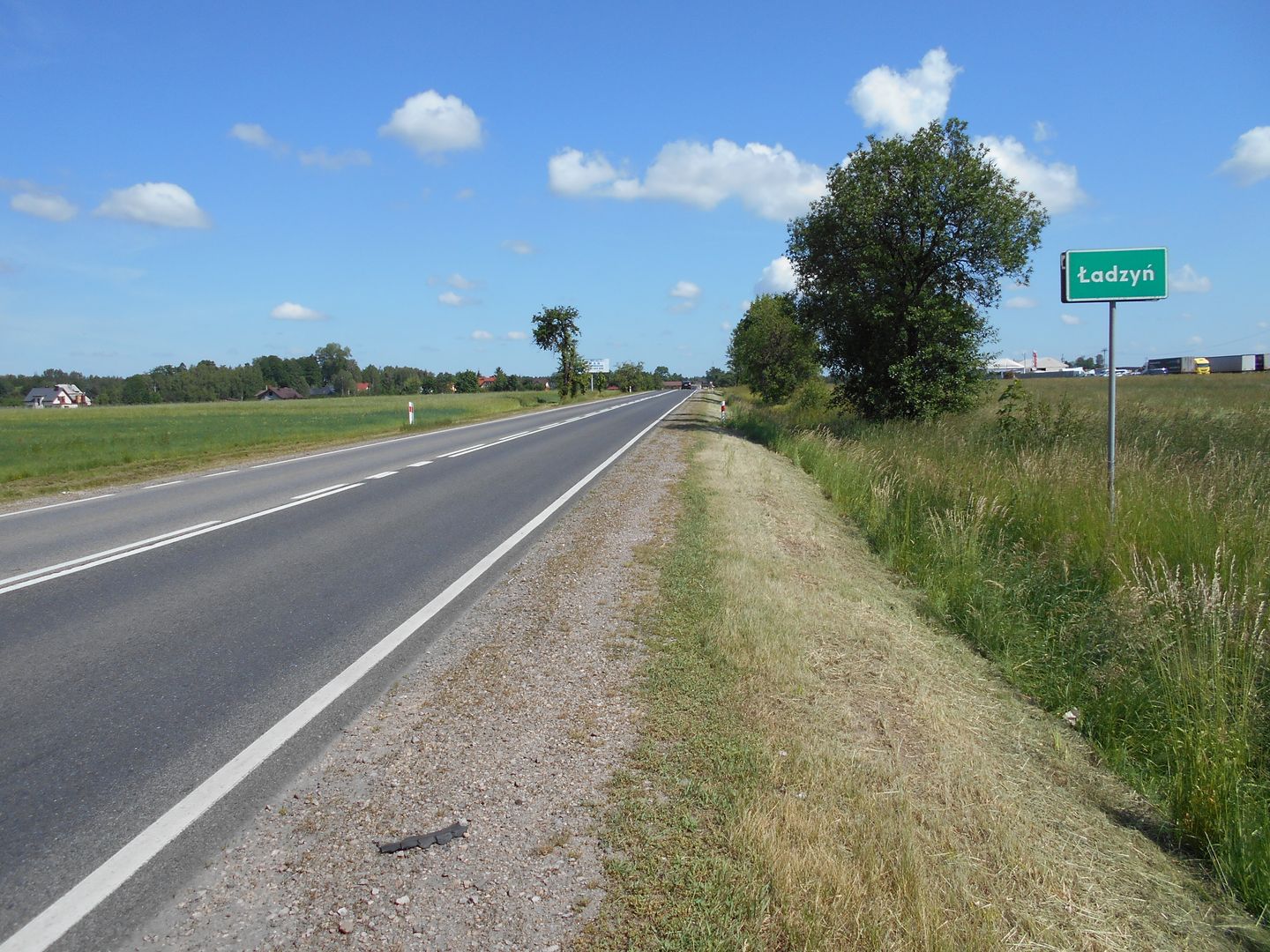Ładzyń
6.78

Overview
Ładzyń is a village located in the Masovian Voivodeship, in the Mińsk County, forming part of the Stanisławów commune. According to data from 2014, it had a population of 325 residents. The history of the village dates back to the 16th century when, in 1553, Bishop Andrzej Noskowski received lands in this area from Sigismund II Augustus, and Ładzyń became the central point of the established manor and village. The name Ładzyń most likely originates from the bishop's coat of arms or from the geographical location. In the 19th century, the village developed socially and economically, attracting new settlers, including nobility and peasants. Architecturally, it is worth noting the brick chapel from 1905, which was renovated in 2013, and the monuments commemorating the battles of the Home Army during World War II. Ładzyń is also home to Lake Bagno, with an area of about 3.5 hectares, a remnant of a peat bog. The community of Ładzyń was active as early as the beginning of the 20th century, establishing various organizations, including a school, the Rural Youth Circle, and the Volunteer Fire Department. After World War II, the village was transformed into a gromada (administrative unit) and later incorporated into the Stanisławów commune. Today, residents have access to a kindergarten and an elementary school named after Krzysztof Kamil Baczyński. The Ładzyń Volunteer Fire Department, founded in 1928, plays a key role in village life; it organizes cultural and educational events, and in 2012, a Medical Group was established to support local rescue operations. An interesting fact is the history of the Home Army's fight against the German gendarmerie, which took place on March 8, 1944, commemorated by a monument near the chapel. Despite its small size, Ładzyń is a place rich in history and traditions, engaging the local community in cultural and social activities.
Location
2025 Wizytor | All Rights Reserved